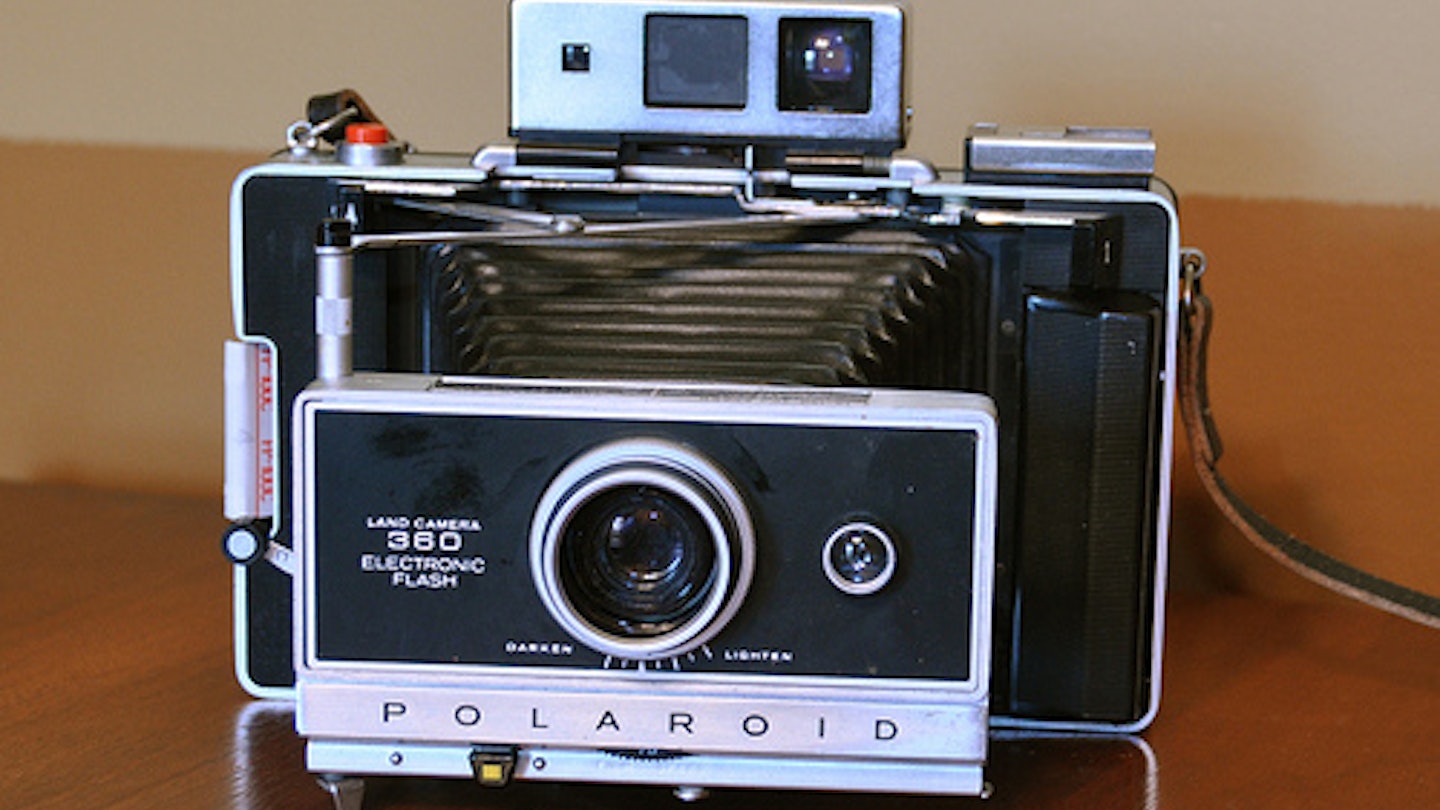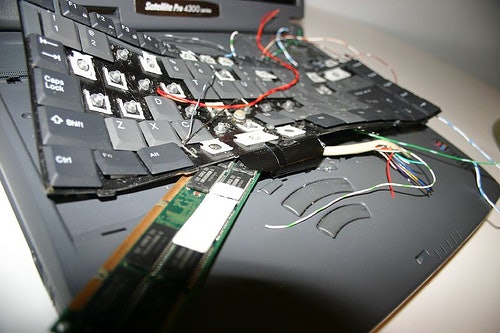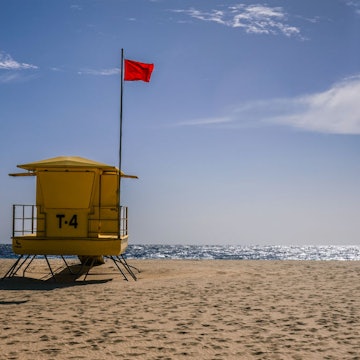

We’ve all been there are some point. You’re 500 miles from civilisation, trekking in the mountains, when you spot a rare beast or gorgeous vista. You pull out your digital camera for the shot of a lifetime, press the ‘on’ button and… nothing. Dead battery and the nearest wall outlet is three days away by yak caravan.
It’s an increasing problem in the modern-day travel experience. Lugging around all those cables, batteries, accessories and hardware, one is bound to experience a malfunction at the most inopportune moments. But for every problem there is a solution and the following list is meant to help. Some ideas may seem obvious but it’s worth keeping them in mind as you prepare for your trip and get on the road.

1. Problem: dead camera (or mobile phone) battery...
...and you're miles from an outlet.
Solution: it goes without saying that you must charge up those camera and phone batteries whenever possible as you never know the next charging opportunity may arise, especially if you are camping or travelling in remote areas. The best way to protect against a drained battery is to carry a spare. Keep the charged-up spare in your pack and wrap it in a fleece jacket as cold weather can drain a battery even if it's not in use.
Another techie solution, especially for campers, is to bring along a universal solar-powered battery charger. Check out the options at Modern Outpost (www.modernoutpost.com).
2. Problem: memory card full...
...and you’re still in the field
Solution: once you fill up a memory card you’ll need to upload the photos to a computer and free up space on the card. But if you are in the middle of nowhere with no access to a computer, the only way to free up memory is to delete other photos – not exactly an ideal situation.
Like the battery problem mentioned above, the easiest solution is to travel with a spare memory card that you can pop in when your main card fills up. There is another benefit to travelling with two memory cards – if you’ve taken sensitive photos, and suddenly find yourself travelling across a frontier where the border guards tend to be a bit nosy, just stash the card with sensitive photos and insert the G-rated card into your camera.
3. Problem: you left your laptop charger...
...plugged into the wall in your hotel room, then you checked out and left town.
Solution: I speak from experience on this one. I was travelling in Western Mongolia, left my charger plugged into the wall when packing and only realised my error after a ten-hour bus ride. Fortunately, I knew someone in the last town who was headed my way so I called that person and she brought me the charger the following day.
Ever since that experience I always make a point to check the wall outlets of my hotel room when checking out to make sure I haven’t left something behind. Another tip: always grab the hotel business card before leaving so you have their phone number just in case you realise something has gone awry. You can call them up and arrange to have your valuables saved or sent to your next destination.

4. Problem: lost or broken equipment....
...be it a primary device, peripheral, cable or charger.
Solution: lost or broken equipment on the road is no fun at all. It can happen anywhere and anytime so the best advice is just be vigilant with your belongings. Some gear companies, such as Lowepro (www.lowepro.com), specialise in protective travel bags designed to keep laptops and cameras safe.
Buying travel insurance that covers your electronics is another good idea. Read your policy carefully to understand what is covered and what’s not. Keep a record of your equipment in order to accurately tell your insurance company what has been damaged or lost. When packing for the trip, group all your electronics together and photograph them. This may help you prove what you had, in case you need to make a police report (although not all insurance companies will accept photographs as proof). Make sure you have receipts for the items or proof of purchase/ownership.
5. Problem: you are flying in two hours but...
...can’t print your boarding pass because of power outage at your hotel.
Solution: many airlines will allow you to show a boarding pass that you have downloaded to your smartphone. This makes a good back-up if you cannot access a printer. If you don’t have a smartphone, you could take a picture of the computer screen with a digital camera.
Most airlines nowadays can find your booking by simply typing your name into their system. It’s still a good idea to have the booking number of your ticket. Note that some carriers (notably Ryanair) still have a 20th-century policy of requiring a print-out and will sock you with a heavy penalty if you can’t produce one. Check the rules carefully when booking your flight.
6. Problem: GPS batteries die...
...and you’re lost in the Sahara Desert.
Solution: GPS is an incredible tool for navigation. But if your batteries die it's about as helpful as a paperweight. Anyone doing serious trekking and navigation should also have a good old compass as a back up (and know how to use it). Pack spare batteries too – most GPS units run still run on old fashioned AA or AAA batteries.

7. Problem: can’t access files or photos because...
...a rhesus monkey stole your laptop.
Solution: here is where you need to be prepared and organised with your documents and photos because you are not always going to have access to your gear.
One excellent solution is to save your files to cloud-based server, such dropbox (www.dropbox.com), which allows you to upload documents and photos for free. Picasa (www.picasa.com) and Flickr (www.flickr.com) are also good sites for uploading photos. So if your own machine dies, your files are still safe in the cloud and can be downloaded from another computer. You can also email yourself important documents or photos, or save them to a memory stick (although these can also get lost).
8. Problem: the most common high-tech disaster known to mankind...
...has to be the old 'smartphone dropped in the water' trick.
Solution: techies have discovered a few different tricks in their attempts to revive a dunked handset. After retrieving your phone, turn it off, wipe it down and cover it with uncooked rice for 24 hours. Apparently, rice can absorb the moisture from inside the phone. You could also try putting the phone in a plastic bag with dry ice.
For the 'butterfingered' among us, it’s probably a good idea to take more preventative measures. Several companies produce waterproof iPhone/smartphone cases, including Lifeproof (www.lifeproof.com) and Otterbox (www.otterbox.com).
Have your own travel disaster stories (and solutions)? Please add your comments below.
Now you know how to protect and maintain your camera on the road, why not learn how to use it? Check out Lonely Planet's Guide to Travel Photography.













